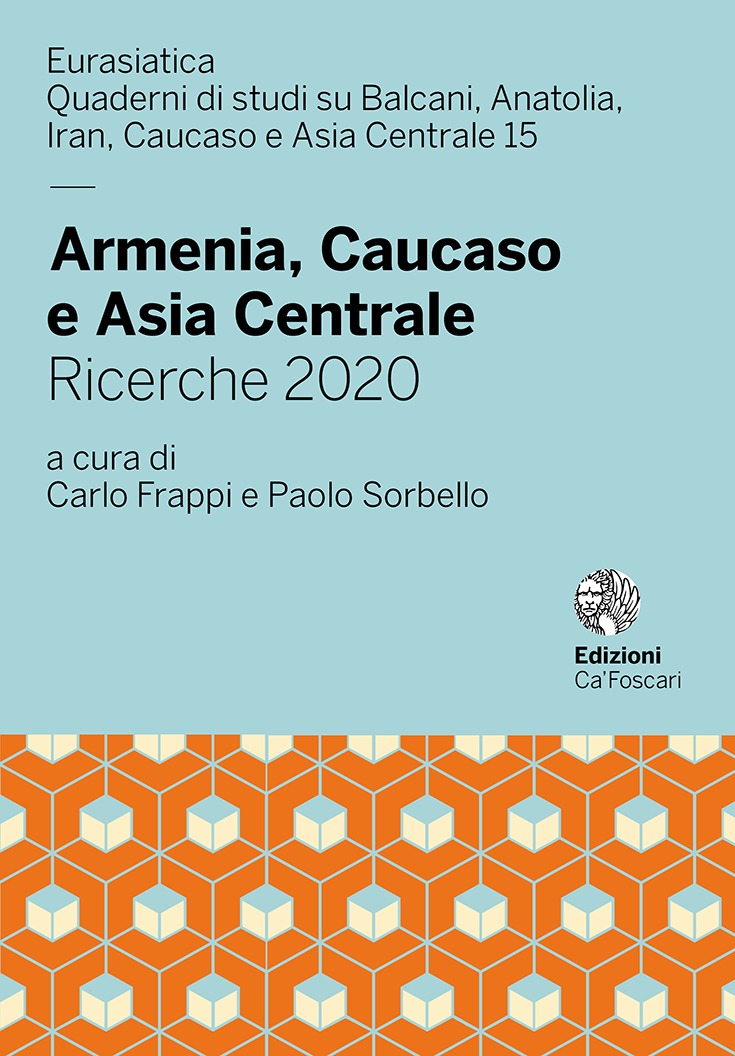Series |
Eurasian Studies
Edited book | Armenia, Caucasus and Central Asia
Chapter | Armenians on the Via Francigena: Armenian and Latin Sources on the Origins of the Armenian Community of Orvieto (Urbs Vetus)
Armenians on the Via Francigena: Armenian and Latin Sources on the Origins of the Armenian Community of Orvieto (Urbs Vetus)
Armenian and Latin Sources on the Origins of the Armenian Community of Orvieto (Urbs Vetus)
Abstract
An Armenian religious community settled in Orvieto in the 13th century and founded the church and hospice of Santo Spirito, where they provided hospitality to pilgrims on the Via Francigena. Archaeological traces of their presence include a travertine gate with a trilingual inscription, reused in the church of San Domenico (Orvieto), the remains of the church of Santo Spirito, and art pieces removed from the latter. Contemporary Latin documents and an analysis of the historical context suggest that the Armenian presence was well-received by the lay and clerical authorities, and even held as prestigious.
Submitted: March 10, 2020 | Accepted: April 14, 2020 | Published Oct. 22, 2020 | Language: en
Keywords Via Francigena • Armenian Epigraphy • Latin Epigraphy • San Domenico in Orvieto • 13th-century Umbria • Armenian communities in Italy • Monastery of Santo Spirito
Copyright © 2020 Stephanie Pambakian, Lidia Zanetti Domingues. This is an open-access work distributed under the terms of the Creative Commons Attribution License (CC BY). The use, distribution or reproduction is permitted, provided that the original author(s) and the copyright owner(s) are credited and that the original publication is cited, in accordance with accepted academic practice. The license allows for commercial use. No use, distribution or reproduction is permitted which does not comply with these terms.
Permalink http://doi.org/10.30687/978-88-6969-453-0/001
